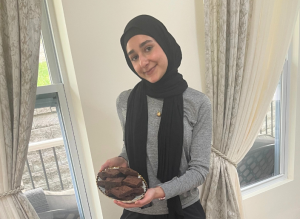Sophomore organizes protest of school dress code
Administrator shows support for student concerns, vows to make their voices heard
Sophomore Melissa Pinkstaff walks into school on Friday, Sept. 3, wearing a crop top as part of a staged protest.
September 3, 2021
“I believe the dress code has its ups and downs. I get [it if you’re] showing too much cleavage and obviously wearing swimsuit covers, but showing your shoulders or even a tad of your stomach? It just doesn’t make sense. Women should be proud of their bodies and not be forced to cover up what is ‘distracting’ to others. If we really are causing a distraction maybe we aren’t the problem, it’s who can’t keep their eyes up,” sophomore Melissa Pinkstaff said.
Earlier this week, Pinkstaff was dress-coded for an outfit that revealed her shoulders and a portion of her stomach.

“I was wearing a cropped tank top that was sleeveless with an open back. I was also wearing high-waisted shorts so only a very small portion of my stomach was showing. The lady who dress-coded me didn’t give me a reason as to why I was being coded. She just stated that my top was cute but I needed to cover up,” Pinkstaff said.
After being dress-coded, she decided to organize a protest of the dress code by posting on her social media asking other students to wear crop tops to school on Friday, Sept. 3.
“I decided to start this movement/protest after hearing a few of my friends complain about the same issue I’m having. Women need to stand up for one another, especially with something like this. I think showing up to school with a bunch of people wearing crop tops will show that we aren’t backing down. This is just the start,” Pinkstaff said.
Other students responded to Pinkstaff’s message and decided to participate in the protest by wearing crop tops to school on Friday, Sept. 3.
“At least 10 people reposted what I posted. We are all going into this together, helping each other out. It will show the school it’s not just one, but many people feeling the dress code isn’t right,” Pinkstaff said.
Rockwood’s Executive Director of Student Services, Terry Harris, said, “If this is an issue that is causing havoc in all of our schools, then we need to have a conversation about it. I promise that this year, I will organize a meeting with all students to examine this dress code, and we will start the process by having a discussion around what this means.”
The dress code states, “To maintain focus in the learning environment, students and staff are asked to avoid wearing that exposes parts of the main torso (i.e., chest, back, midriff, bottom).”
Harris said, “I understand that the dress code negatively impacts girls, and it suggests that boys cannot control themselves and therefore girls need to cover themselves. But no, we need to teach boys that regardless of how a female student or a student that identifies as female, or any student for that matter, regardless of what they have on, or how they dress, that doesn’t give you the right to violate their body, touch their body or invade their space. That’s the conversation that we need to have.”
Harris believes dress code infractions, such as exposed shoulders, are insignificant compared to other issues students face.
“My job is to make sure that students are well. Showing your shoulders is not bigger than students drinking and driving, showing your shoulders is not bigger than students having suicidal thoughts. It’s not bigger than depression, anxiety, or stress,” Harris said. “If showing your shoulders is going to cause you to not be as depressed, or as stress, or to alleviate suicidal thoughts, then let’s have all the students in the world show their shoulders. That’s really how I feel like it’s (exposed shoulders are) not that big of a deal.”
Harris believes students should have a voice in the discussion of the dress code.
“I think what really needs to happen is we need to have an annual district-wide student review of the code of conduct, because the reality is, these codes of conduct are in place to protect students. And students should have a voice in their protection. Let’s learn from students and let’s support the students, period,” Harris said.

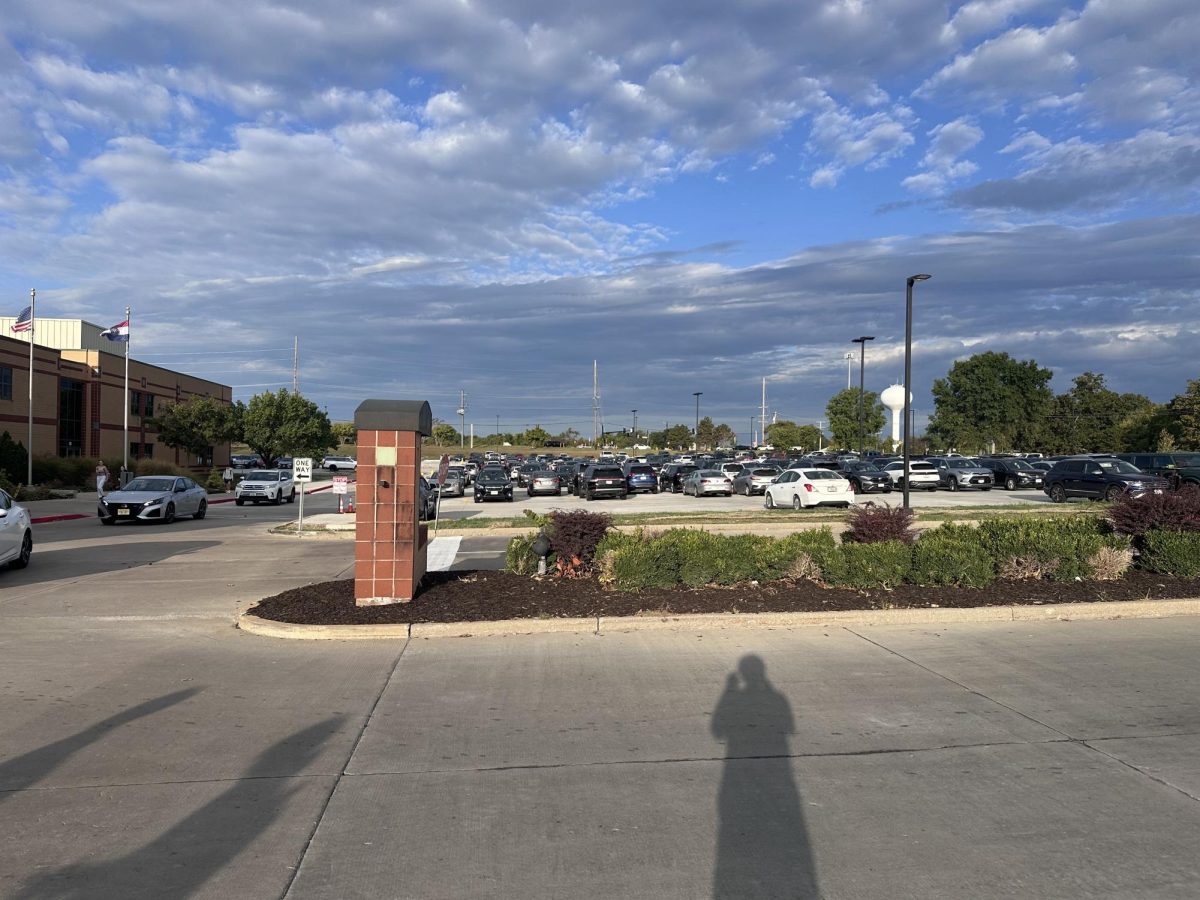
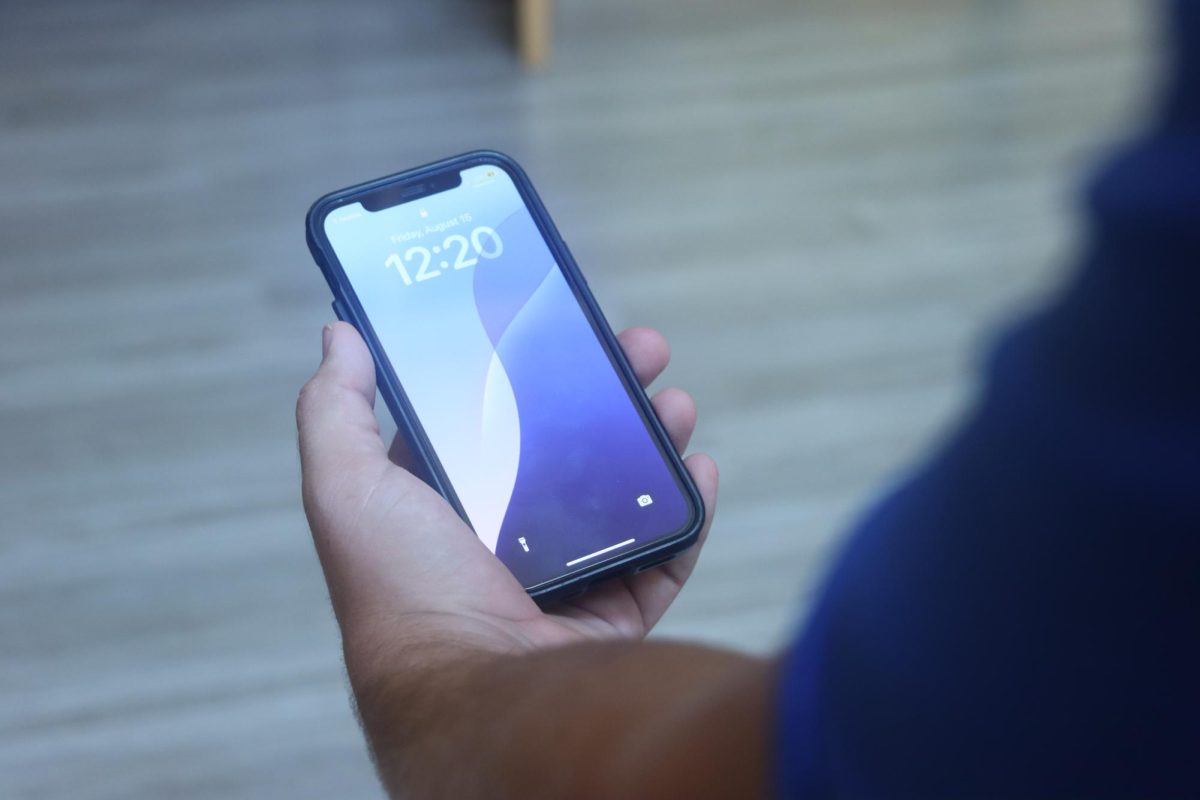

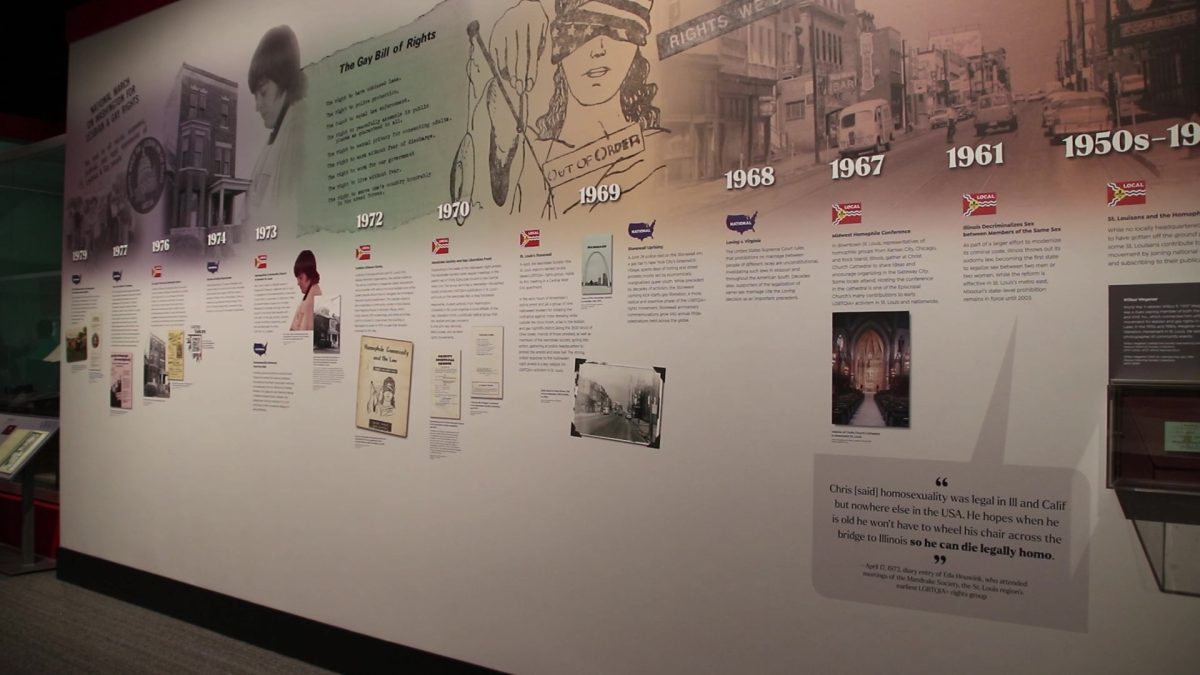
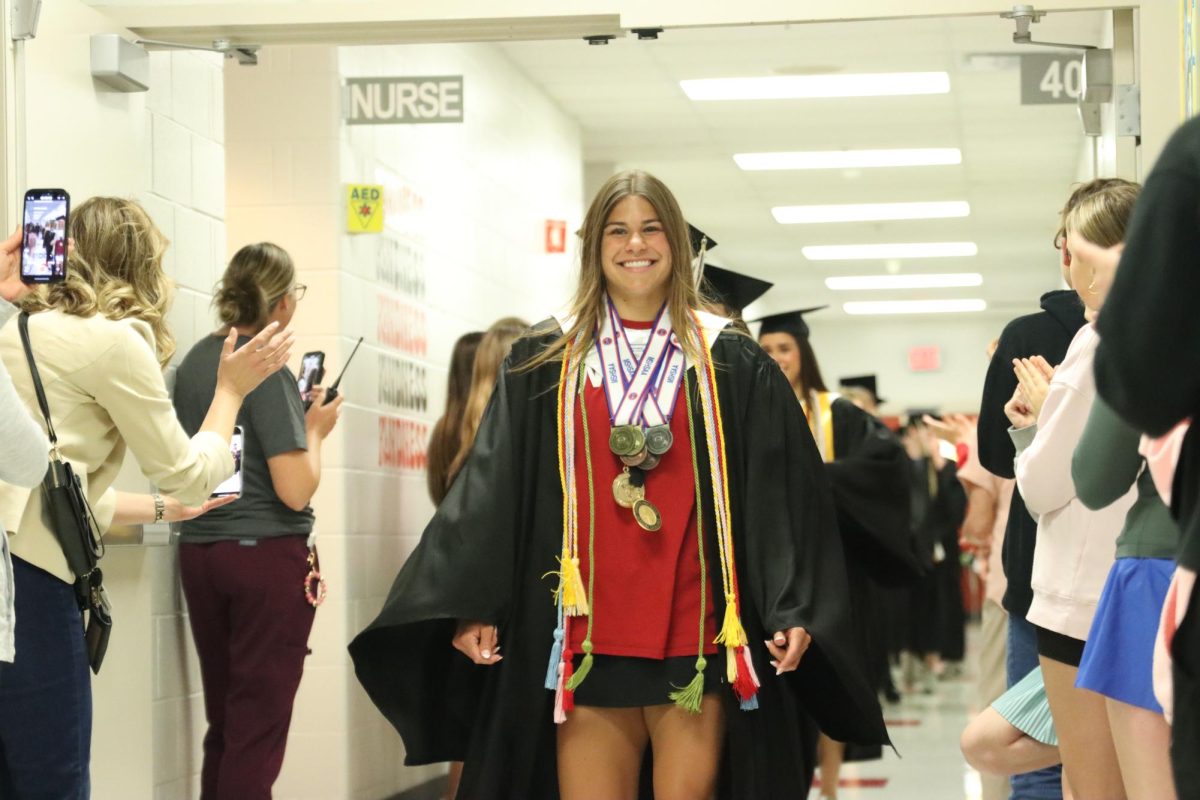
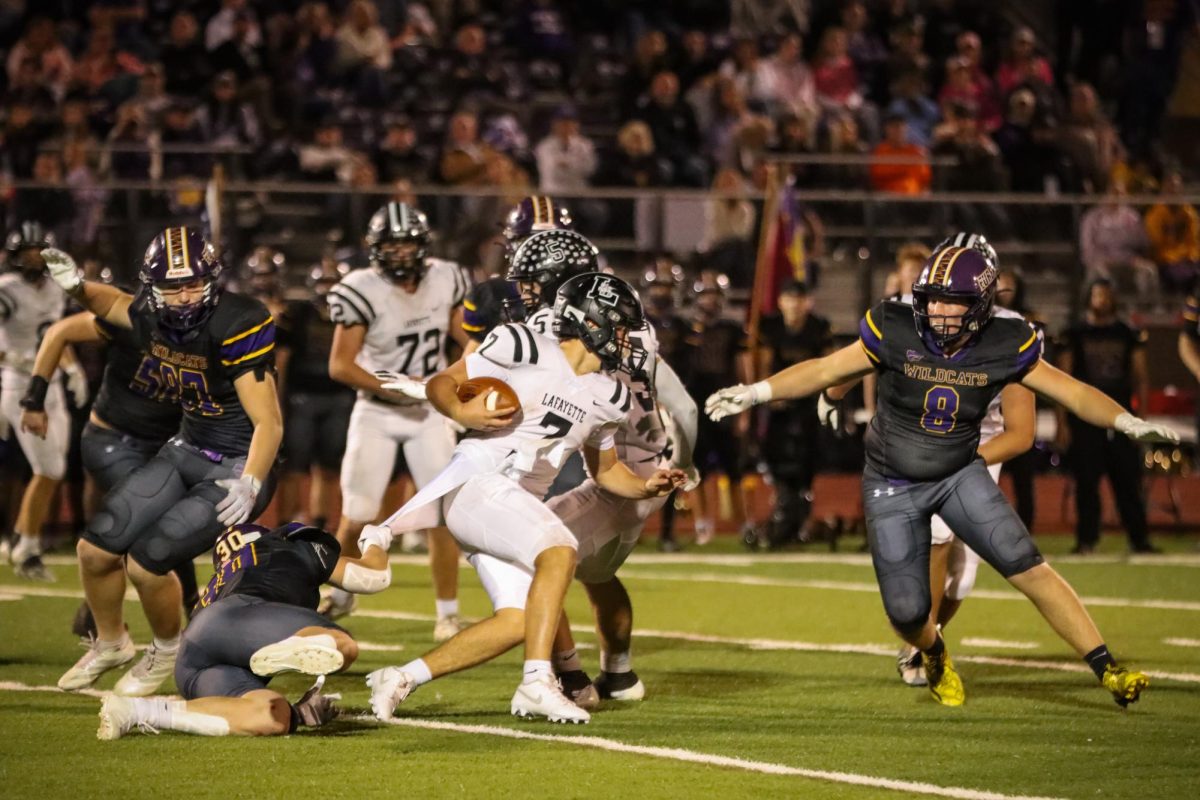
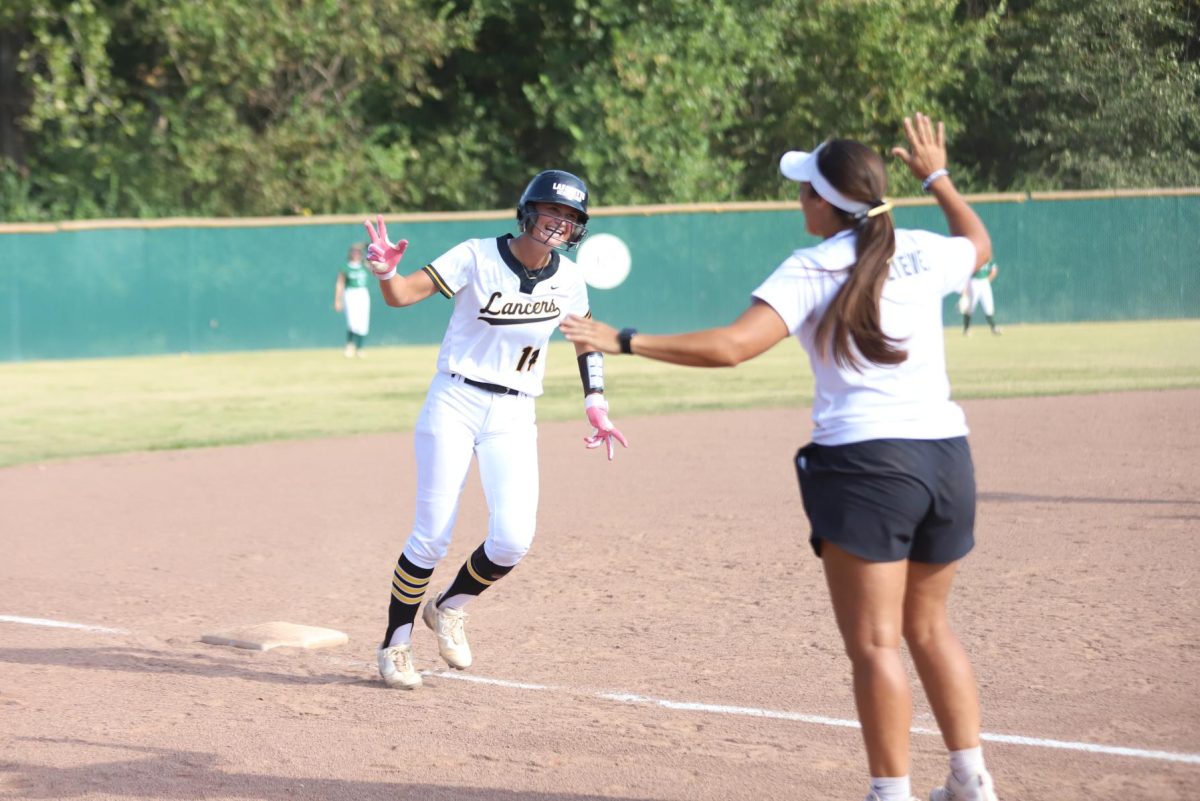
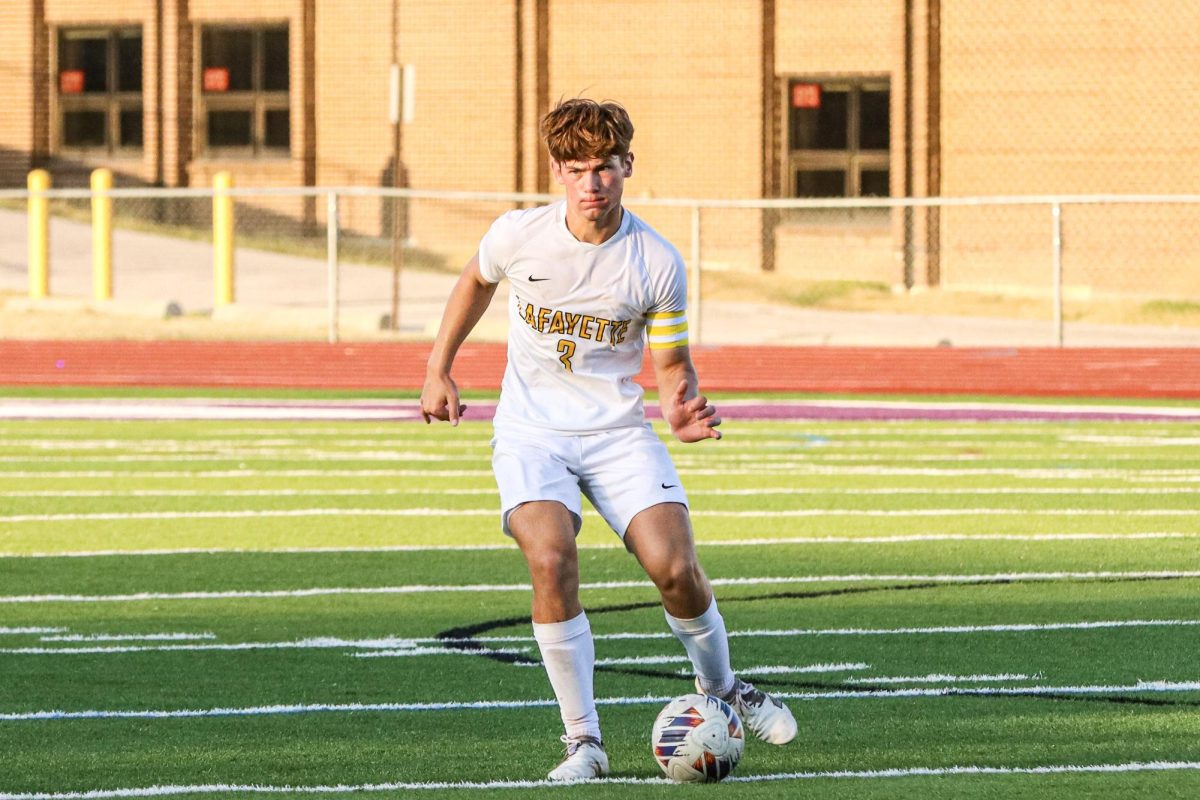
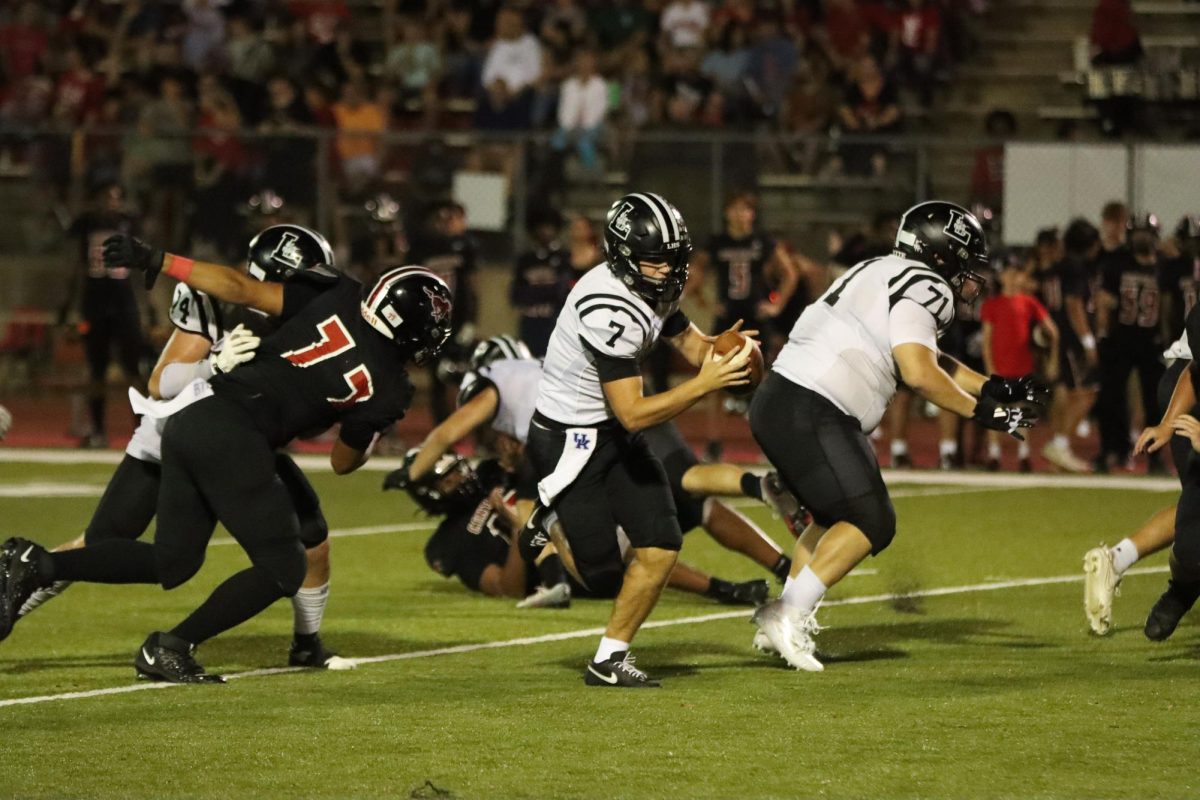
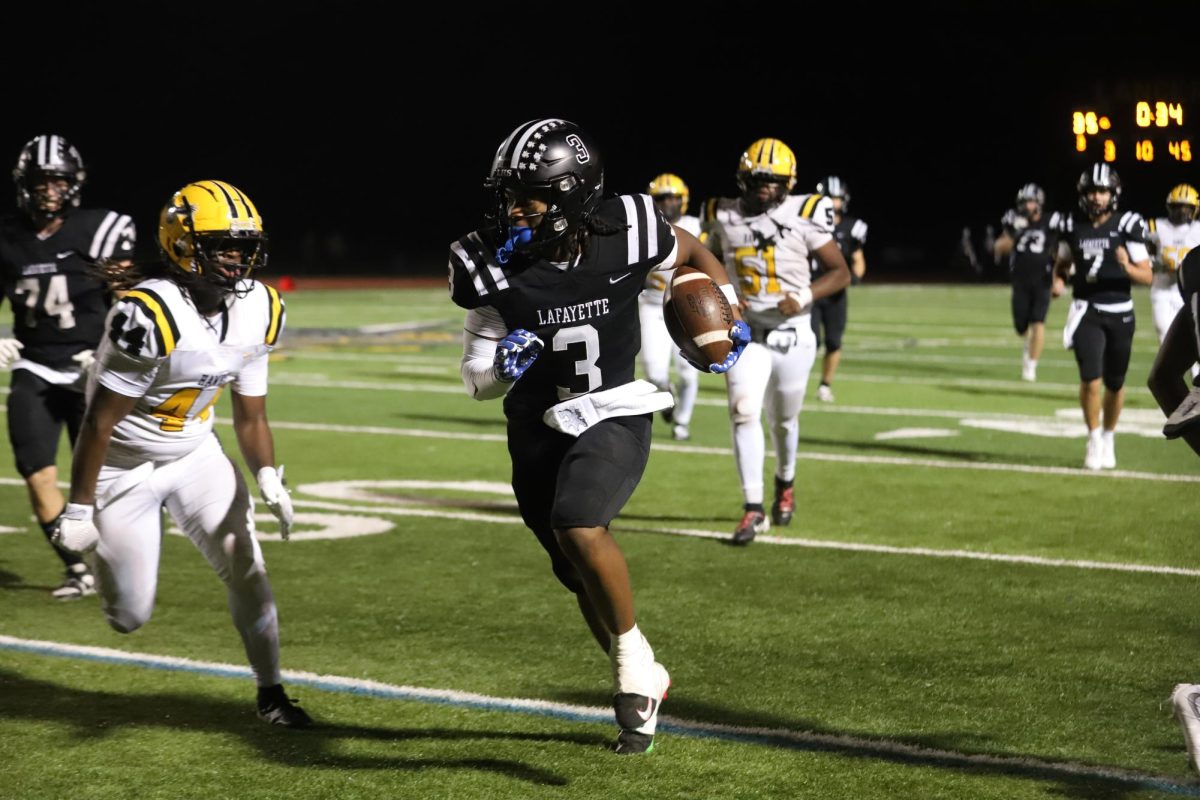
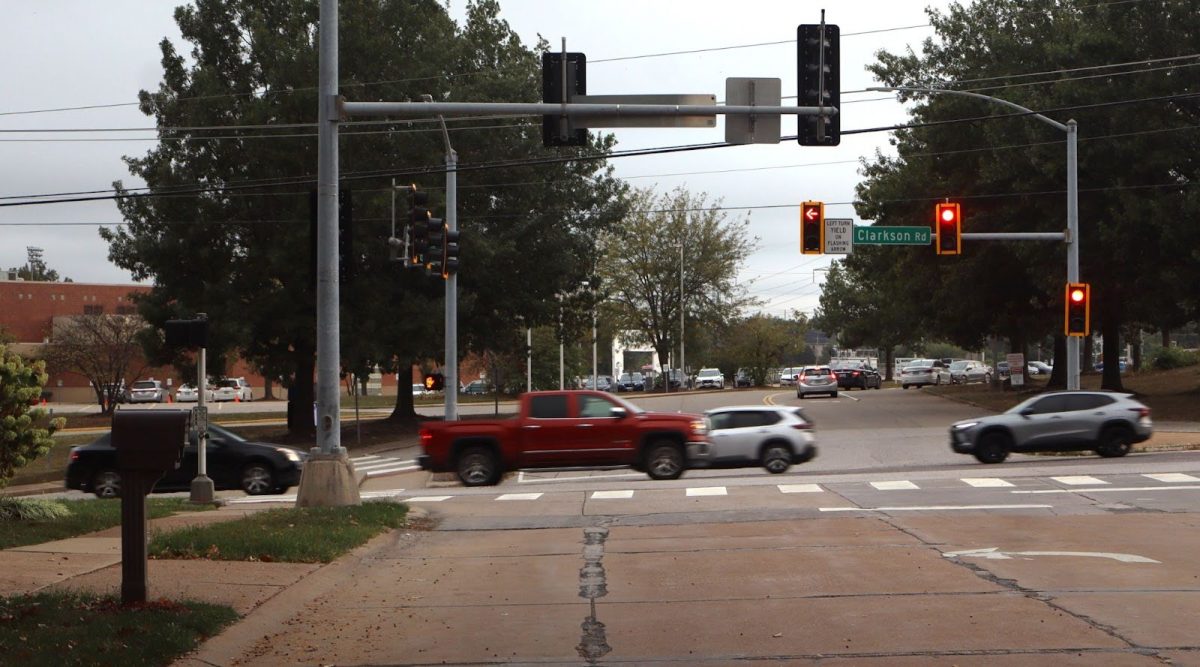


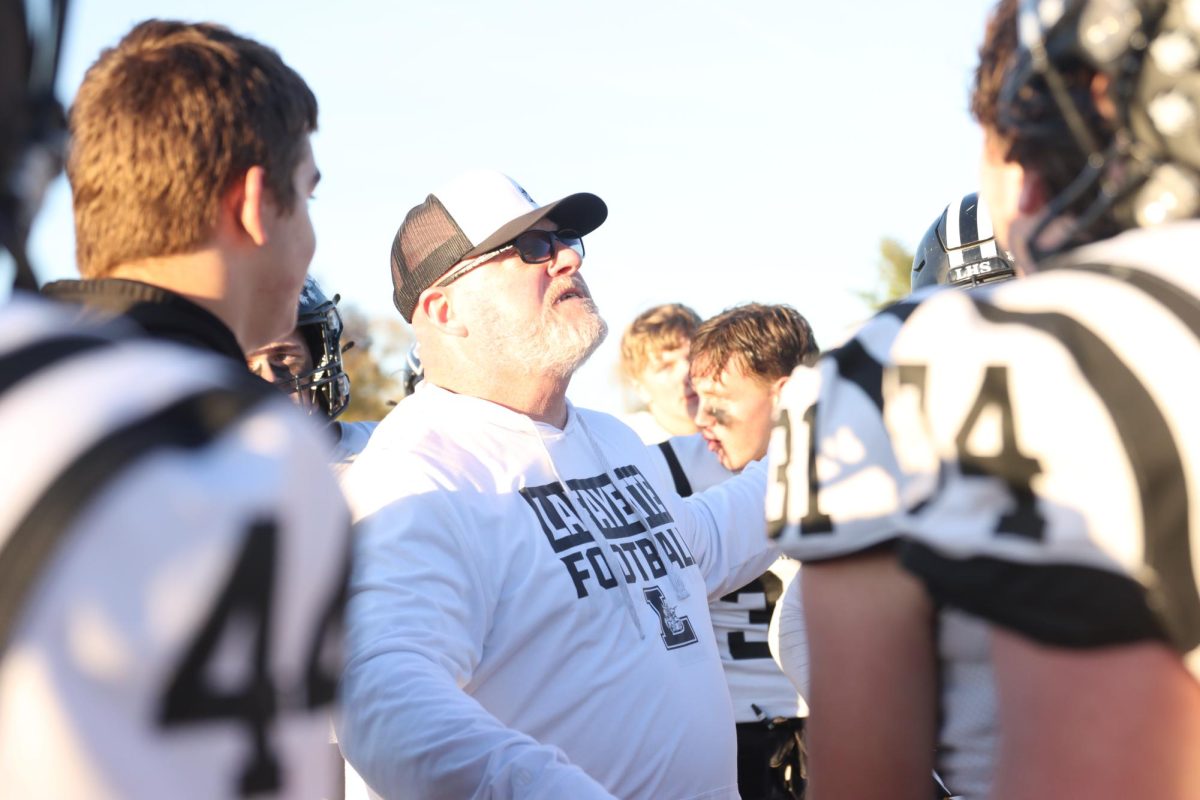
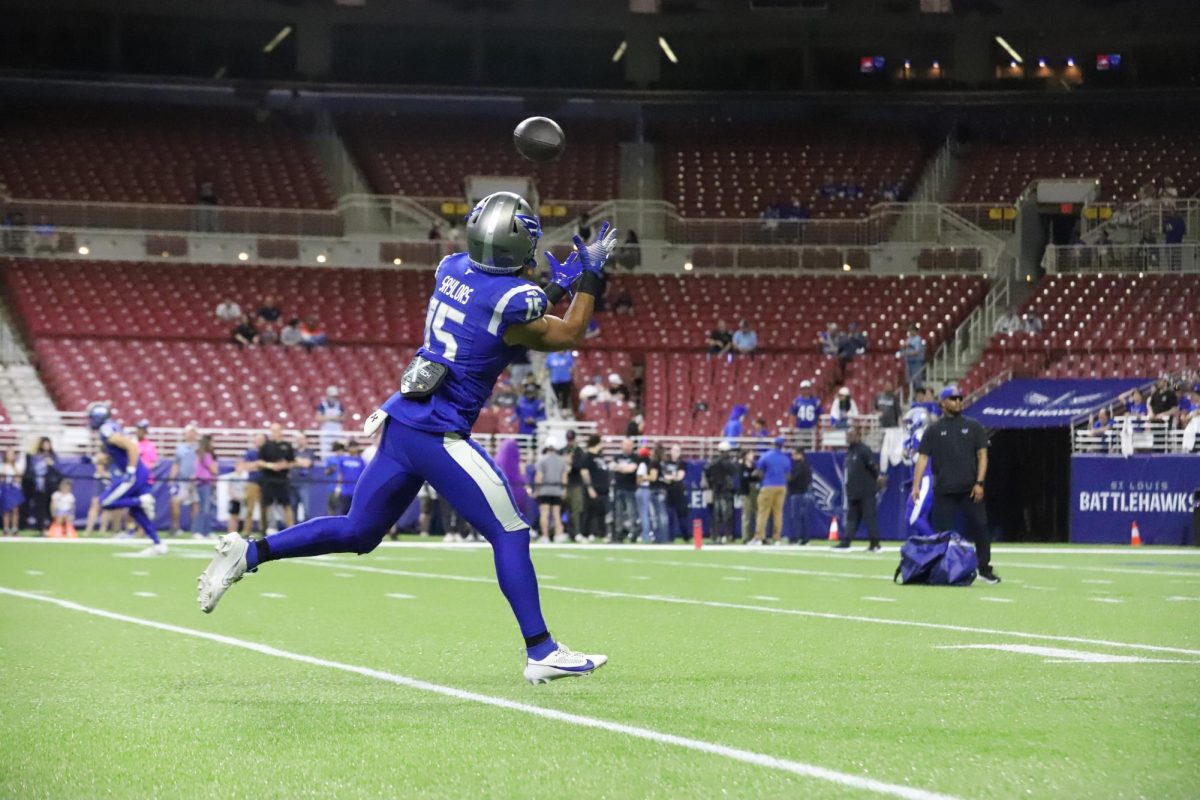
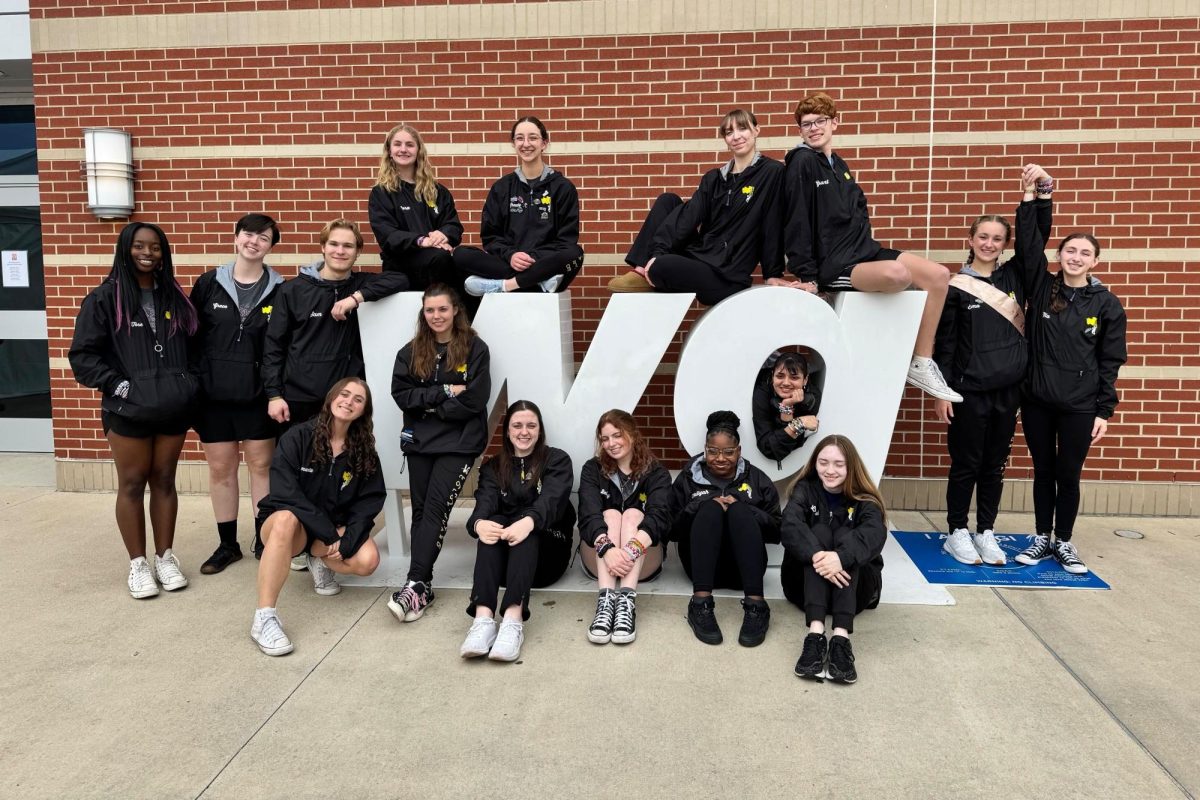
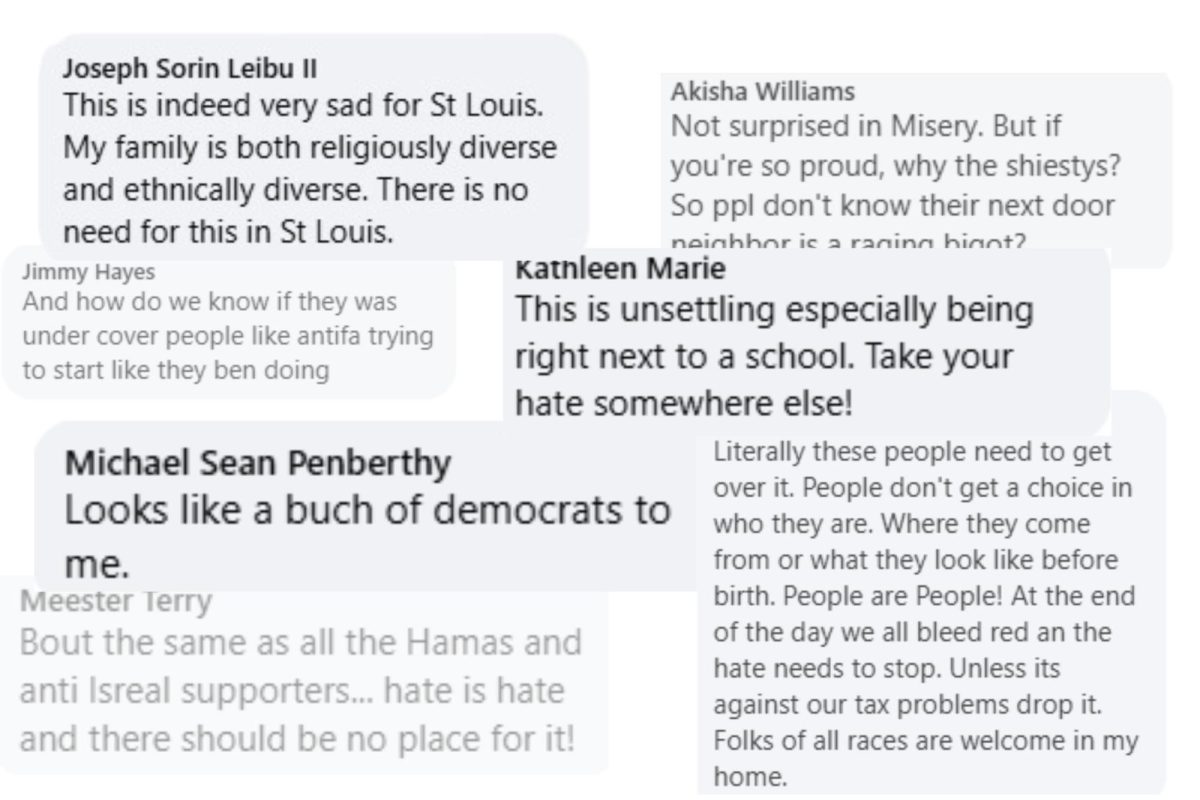


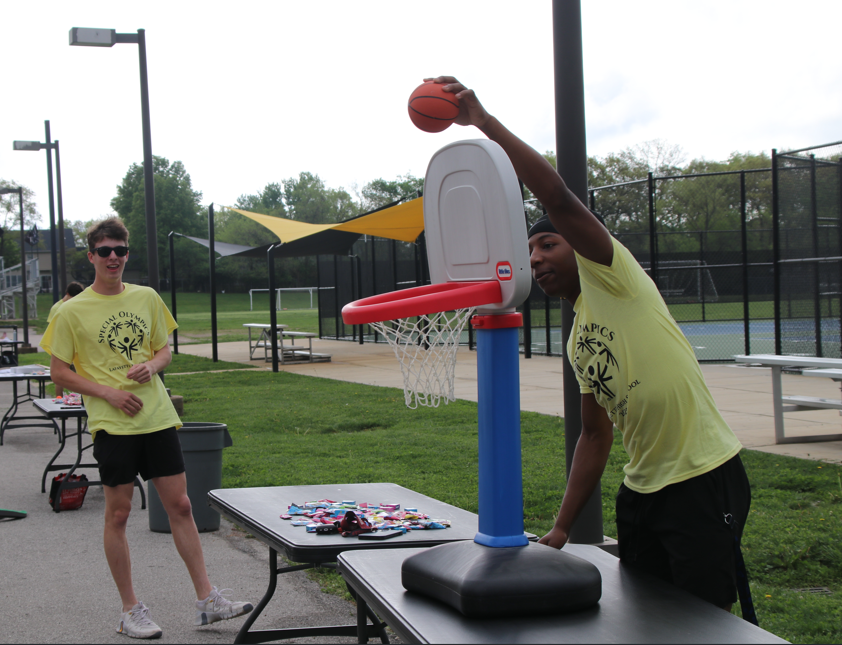
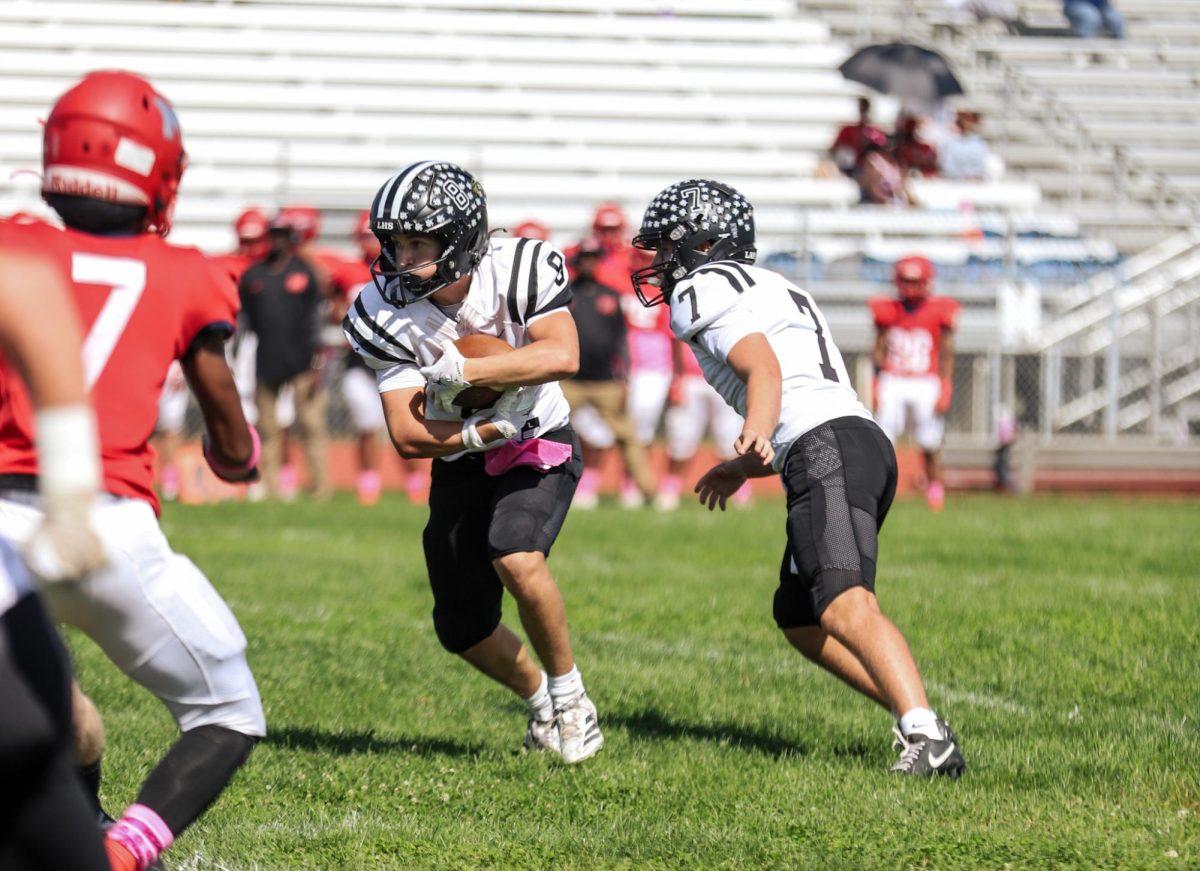

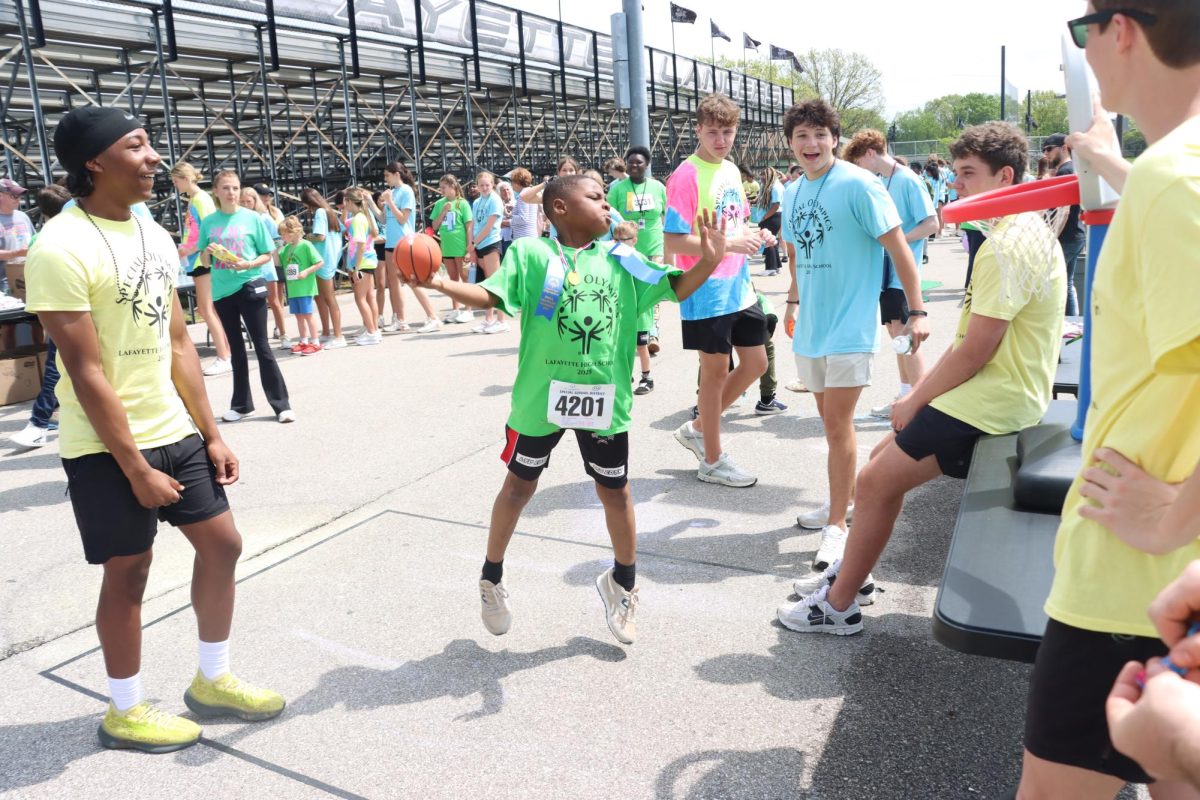
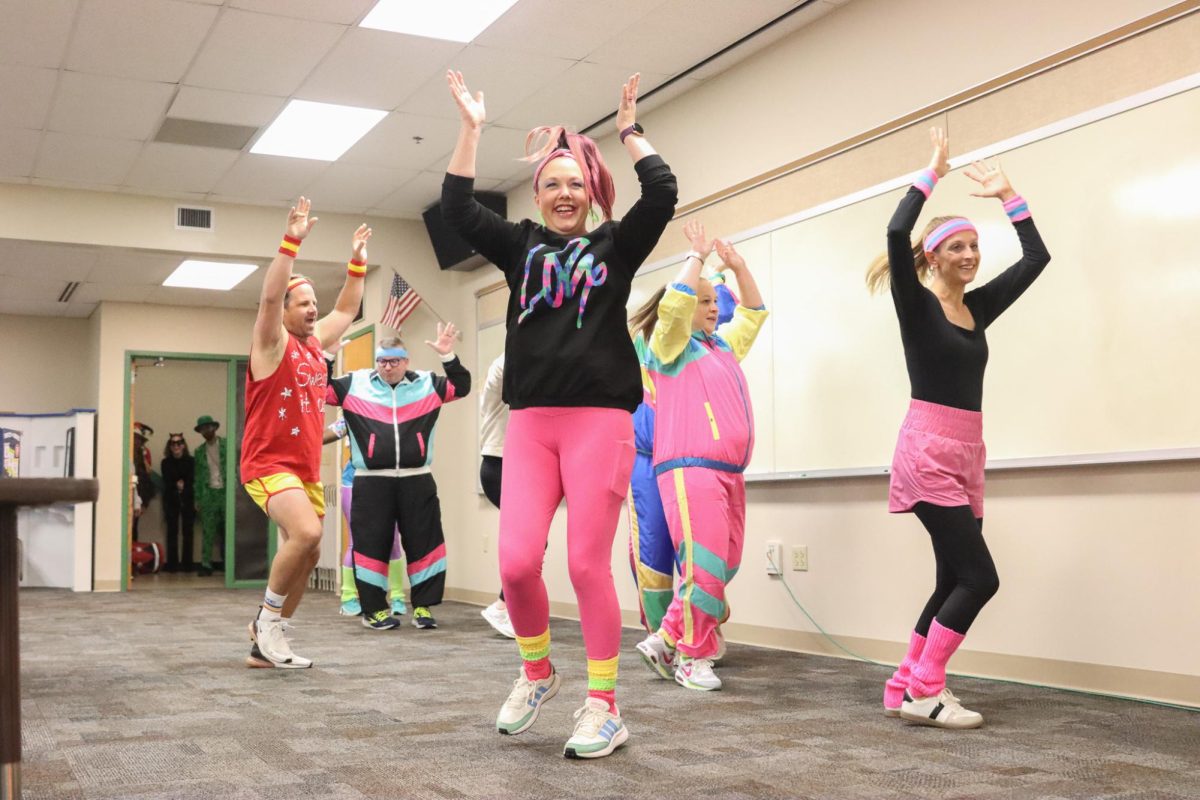


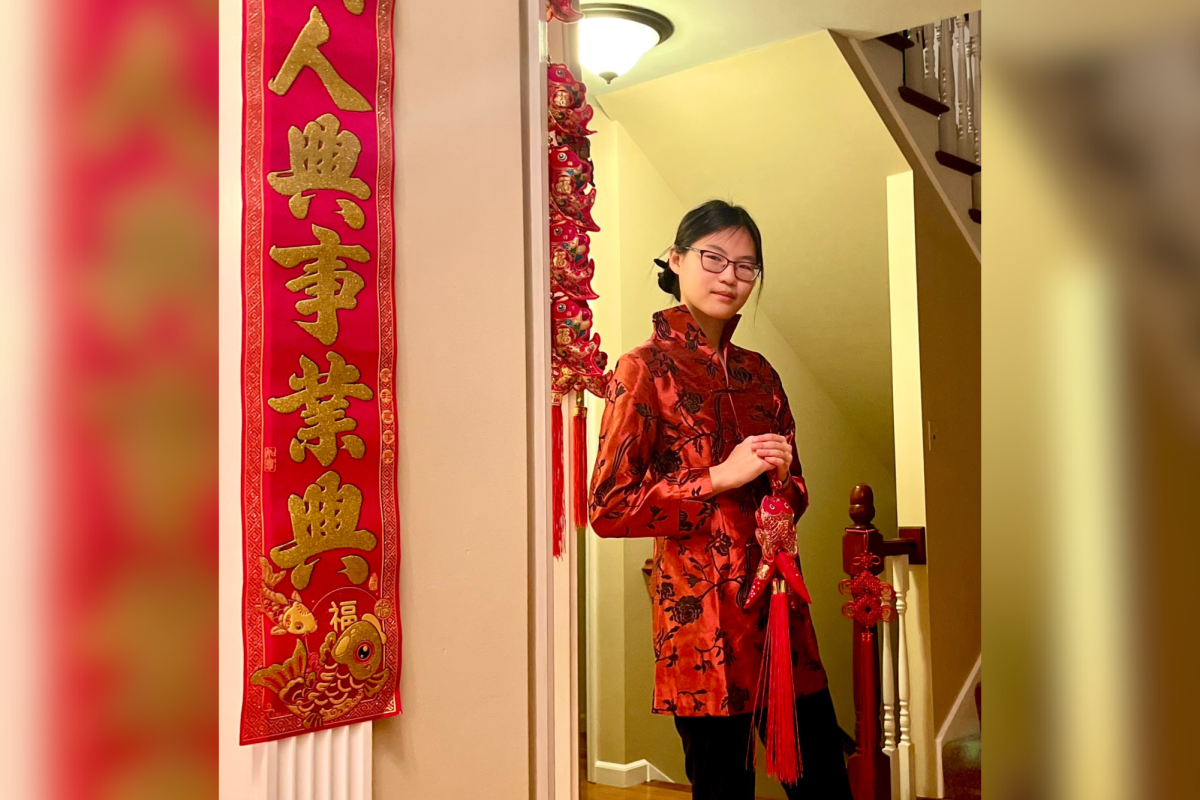

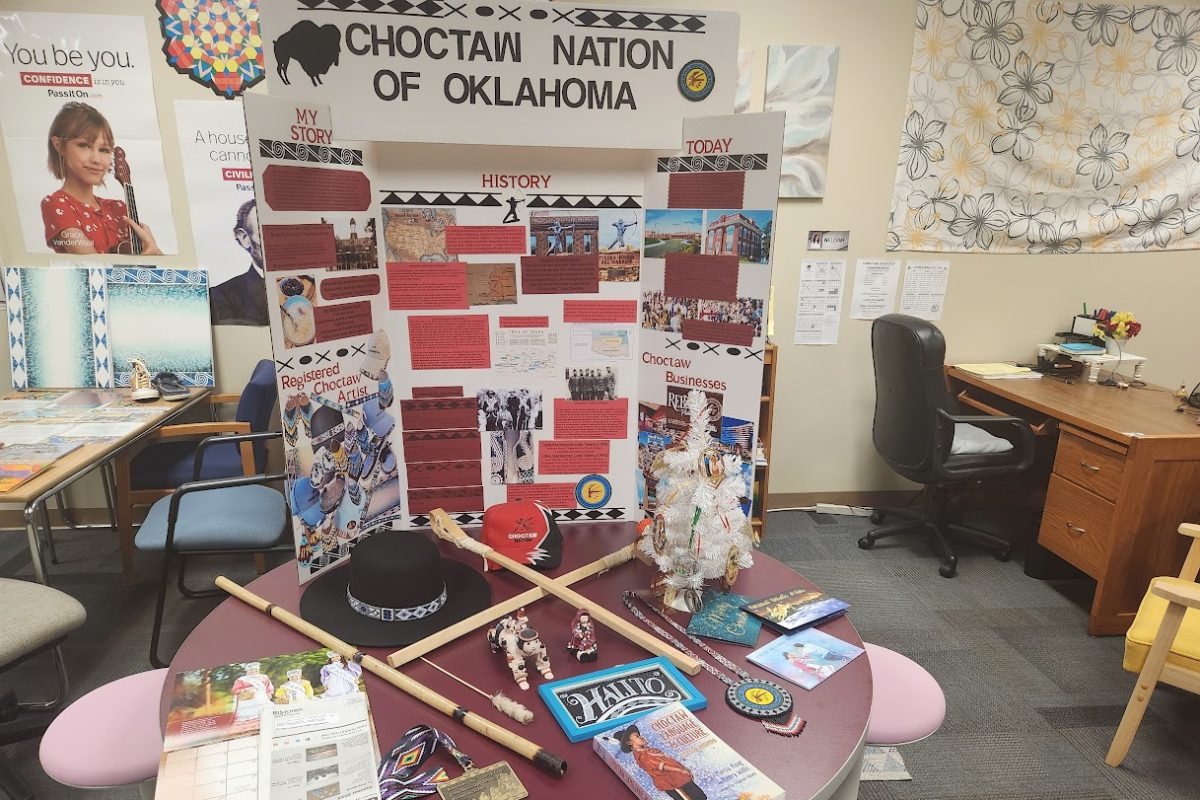
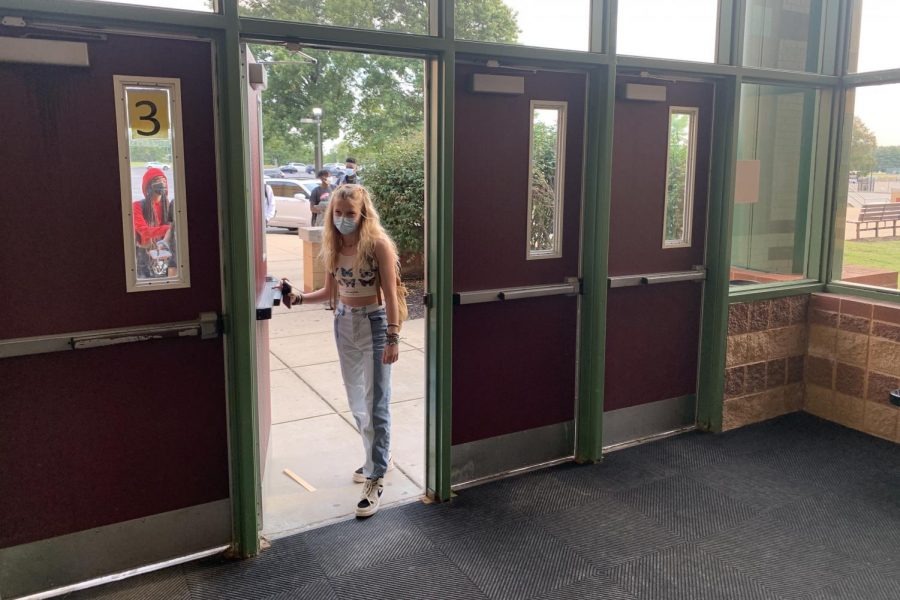




![Although being only one of the two oboe players in the school, freshman Elise Morton said she will continue playing the instrument throughout high school. “[Playing the oboe] makes me feel special because I know I'm playing a rare instrument and I love having a challenge because there’s something to improve on and get even better,” Morton said.](https://lancerfeed.press/wp-content/uploads/2024/05/Elise-Morton-Featured-Photo-300x200.jpg)
